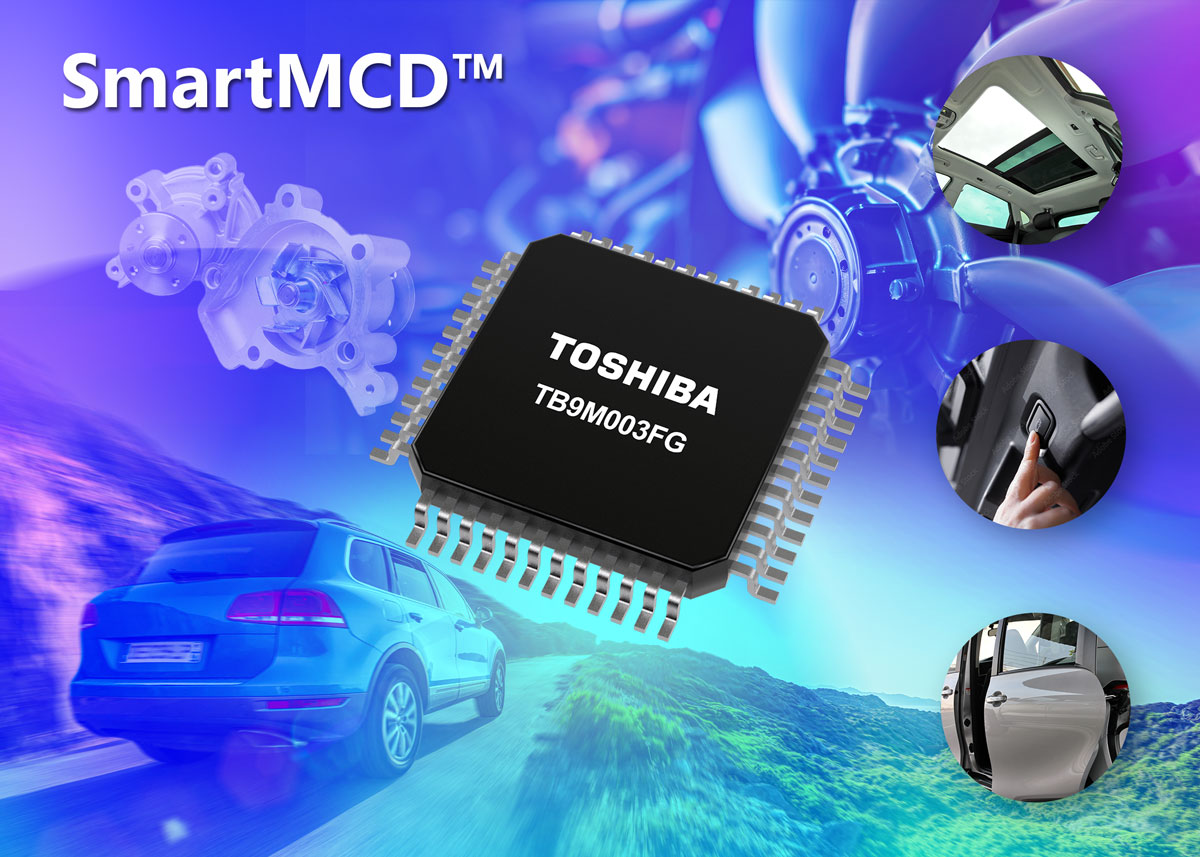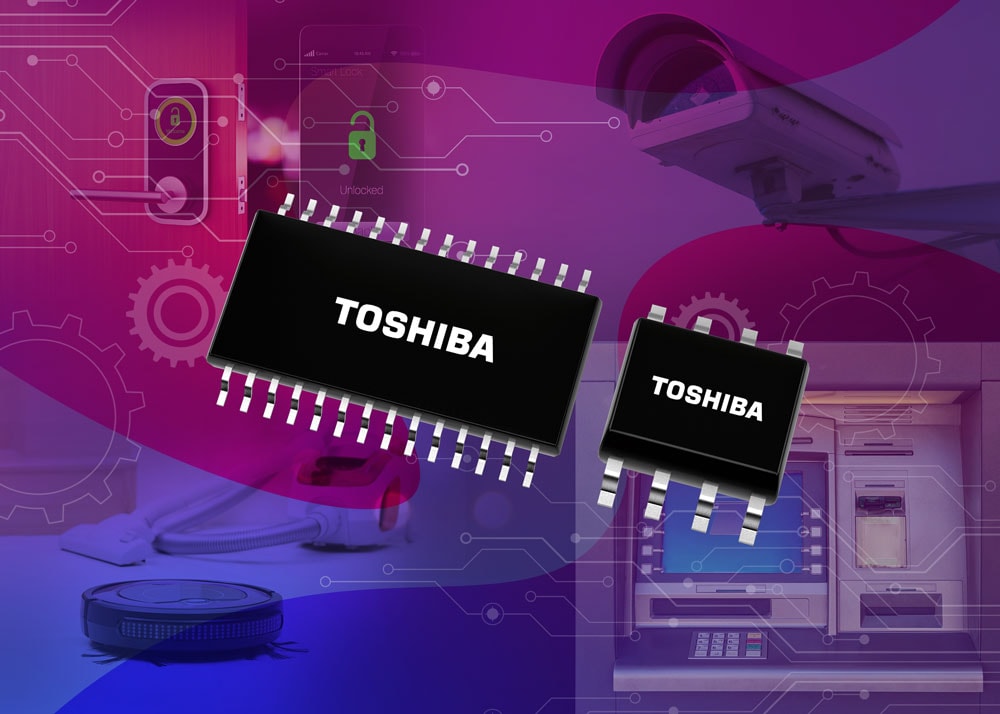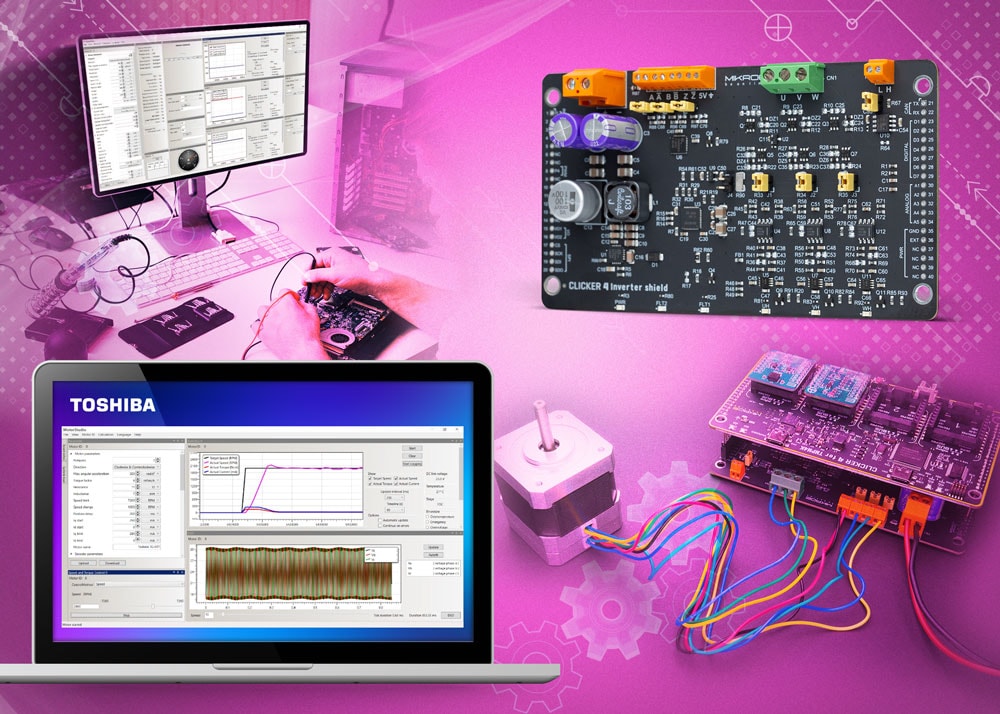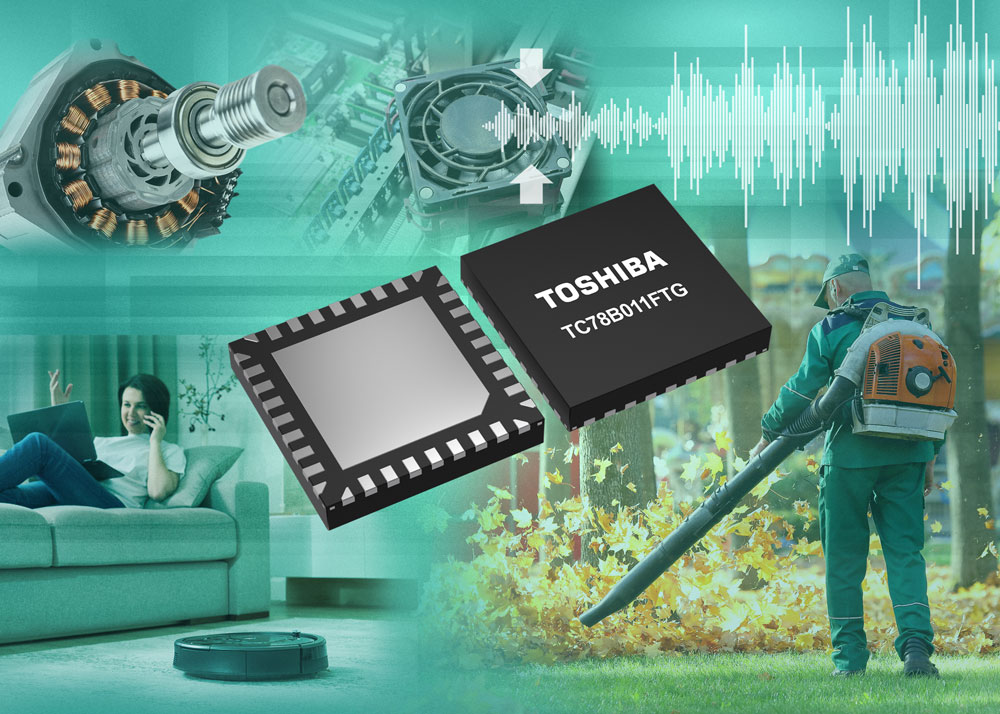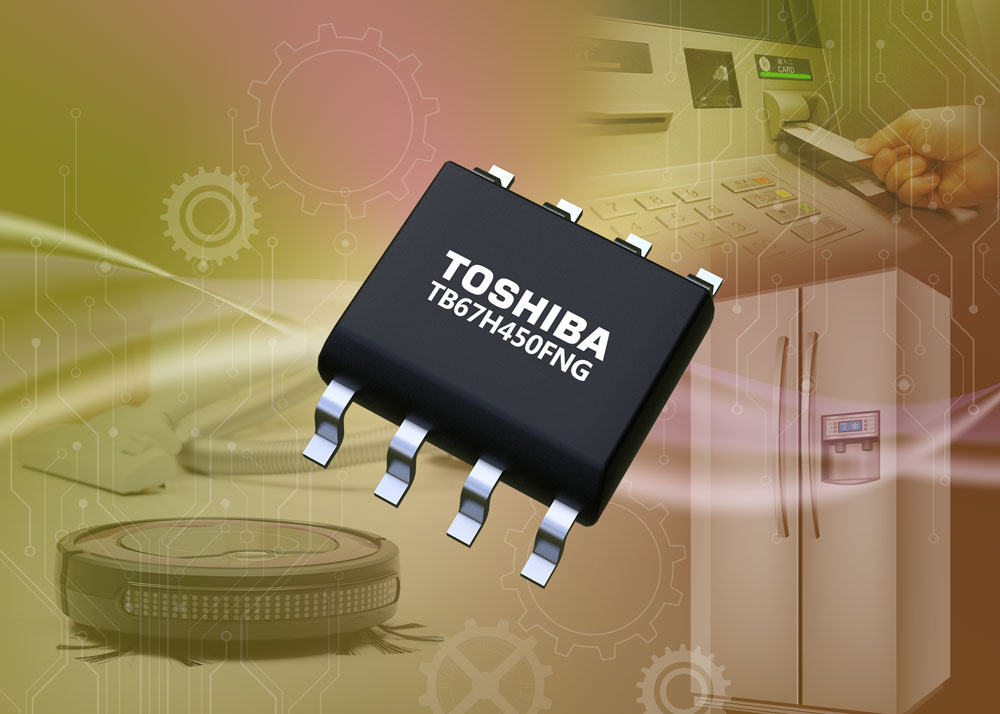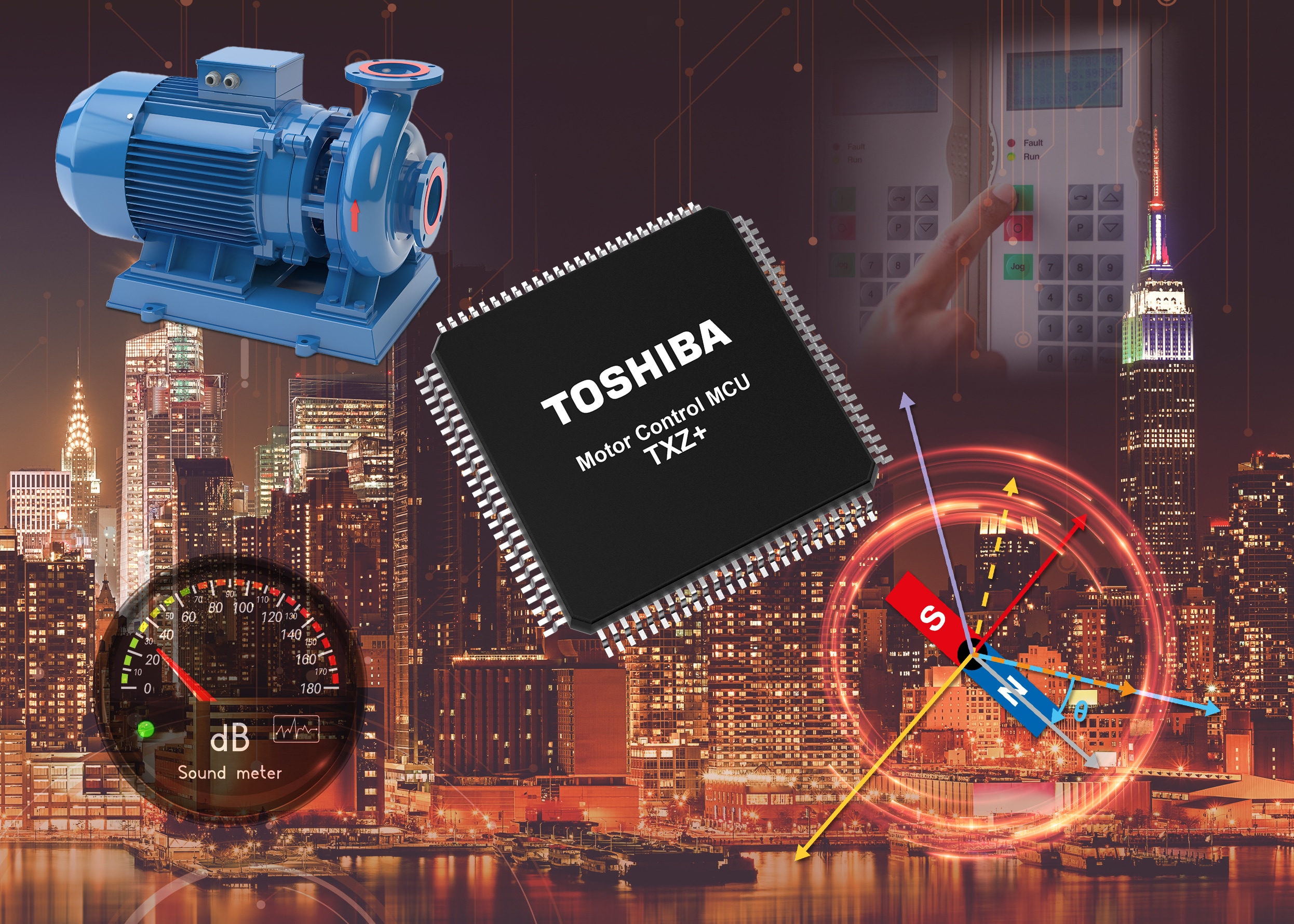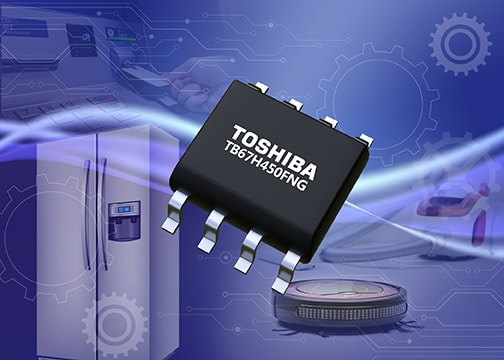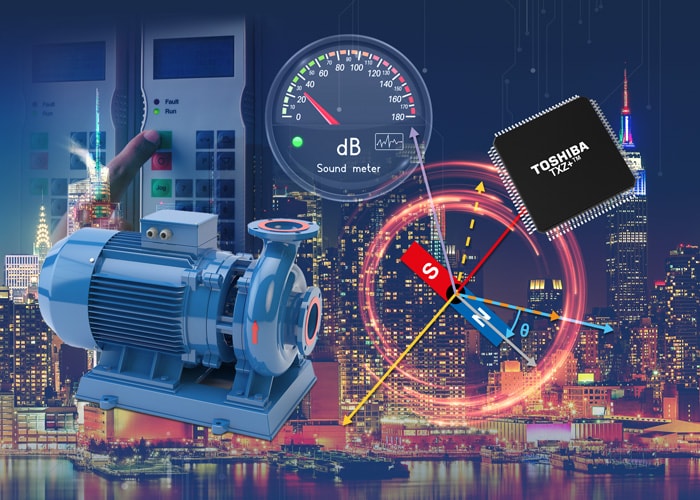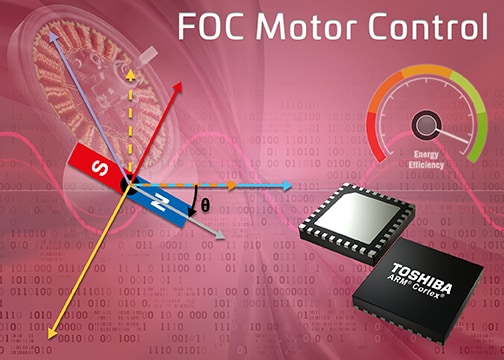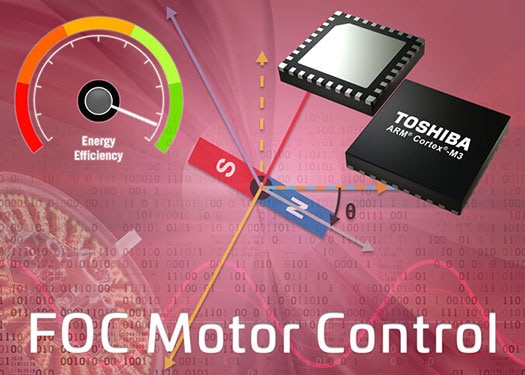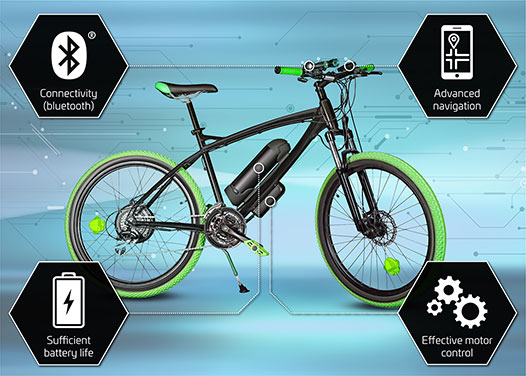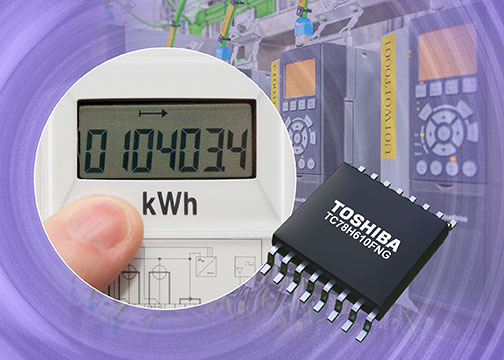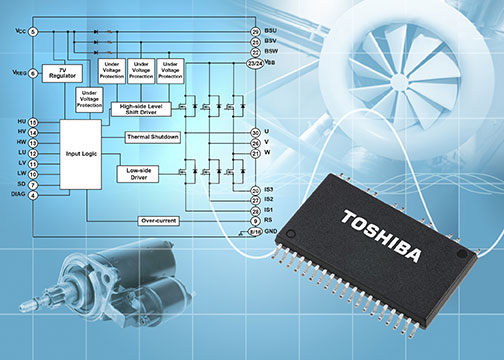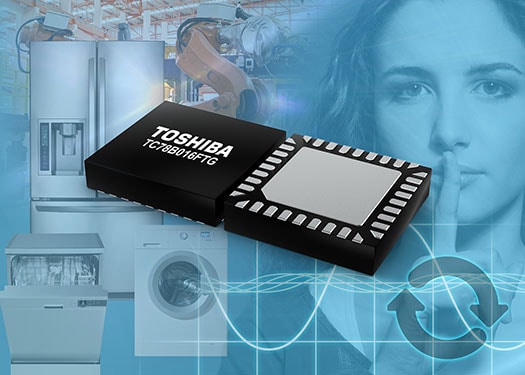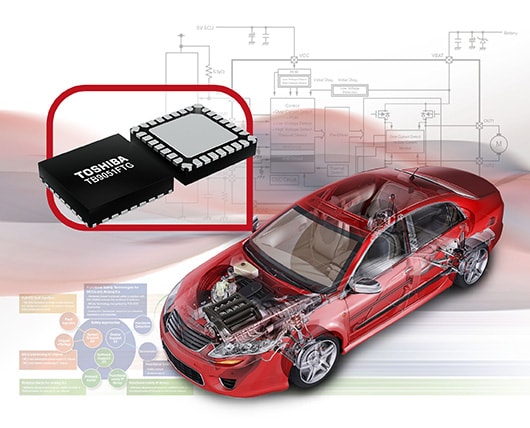- General Top
- SEMICONDUCTOR
- STORAGE
- COMPANY
-
My ToshibaSemicon
- Semiconductor Top
-
ApplicationsAutomotive
Body Electronics
xEV
In-Vehicle Infotainment
Advanced Driver-Assistance Systems (ADAS)
Chassis
IndustrialInfrastructure
BEMS/HEMS
Factory Automation
Commercial Equipment
Consumer/PersonalIoT Equipment
Healthcare
Wearable Device
Mobile
Computer Peripherals
-
ProductsAutomotive Devices
Discrete Semiconductor
Diodes
Transistors
Logic ICs
Analog Devices
Digital Devices
Wireless Devices
※
: Products list (parametric search)
Power SemiconductorsSiC Power Devices
※
: Products list (parametric search)
Isolators/Solid State RelaysPhotocouplers
Digital Isolators
Solid State Relays
Fiber Optic Transmitting Modules
※
: Products list (parametric search)
MOSFETsIGBTs/IEGTsBipolar Transistors※
: Products list (parametric search)
Diodes※
: Products list (parametric search)
MicrocontrollersMotor Driver ICsIntelligent Power ICs※
: Products list (parametric search)
Power Management ICsLinear ICs※
: Products list (parametric search)
General Purpose Logic ICsLinear Image SensorsOther Product ICsOther Product ICs
※
: Products list (parametric search)
-
Design & Development
Design & Development
Innovation Centre
At the Toshiba Innovation Centre we constantly strive to inspire you with our technologies and solutions. Discover how to place us at the heart of your innovations.
-
Knowledge
Knowledge
Highlighted Topics
Further Materials
Other
- Where To Buy
- Part Number & Keyword Search
- Cross Reference Search
- Parametric Search
- Stock Check & Purchase
This webpage doesn't work with Internet Explorer. Please use the latest version of Google Chrome, Microsoft Edge, Mozilla Firefox or Safari.
require 3 characters or more. Search for multiple part numbers fromhere.
The information presented in this cross reference is based on TOSHIBA's selection criteria and should be treated as a suggestion only. Please carefully review the latest versions of all relevant information on the TOSHIBA products, including without limitation data sheets and validate all operating parameters of the TOSHIBA products to ensure that the suggested TOSHIBA products are truly compatible with your design and application.Please note that this cross reference is based on TOSHIBA's estimate of compatibility with other manufacturers' products, based on other manufacturers' published data, at the time the data was collected.TOSHIBA is not responsible for any incorrect or incomplete information. Information is subject to change at any time without notice.
require 3 characters or more.
Designing for efficient heat pumps
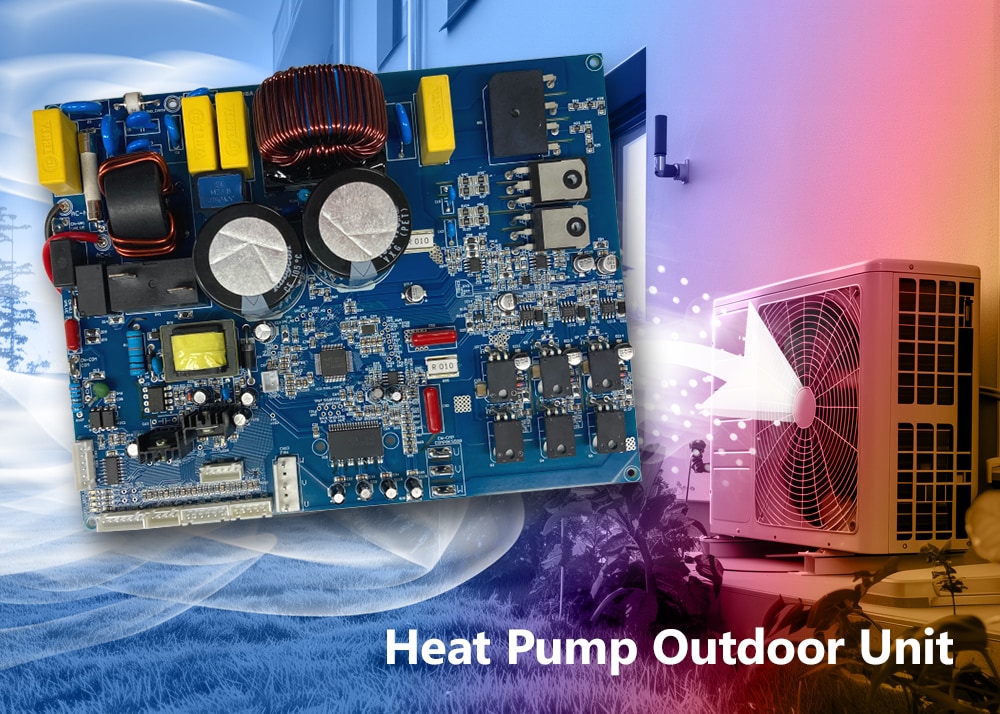
There is little doubt that heat pumps are going to make a significant contribution in the push for net-zero. As a technology, they are able to deliver more heat energy than the electricity used to power them, up to 5x in some cases.
However, these remain high power devices and minimising electrical losses within them remains a key goal for all designers. All heat pumps contain several power conversion stages including the AC input stage that converts the grid to DC for the control electronics and motor inverters. An active PFC stage is needed here, usually requiring a microcontroller (MCU) to implement.
In particular, the higher powered motors such as the one used in the compressor must be controlled to be efficient. There will also be a number of circulating pumps and fans in a typical heat pump and efficient control of these is also important. Simpler motor control approaches have disadvantages that result in increased energy loss, so designers are turning to field-oriented control (FOC) as a preferred solution.
By accurately modelling the motor's magnetic field and using that mathematical model to predict the motor’s state, FOC minimises losses overall and improves efficiency. FOC enables precise control of motor speed and torque, allowing for rapid adjustments to changing load conditions – particularly important in the compressor motor.
FOC helps to reduce harmonic distortion in the electrical system by controlling the current waveform applied to the motor to a sinusoidal shape. This results in smoother operation and reduced losses associated with harmonic currents, contributing to overall energy savings.
However, complex mathematical modelling requires a processor. Most MCUs lack the necessary instruction sets and DSPs are not ideal for interrupt driven I/O control. So, FOC often entails using multiple processors and, with another processor for the PFC, systems become complex and expensive.
Designed specifically for FOC with the required instructions and interrupt-driven I/O control, Toshiba’s TMPM4KL incorporates their highly optimised Advanced Vector Engine (A-VE) that simplifies design and enhances performance. The highly capable MCU can control multiple motors, the PFC stage and solenoid valves, eliminating several components.


